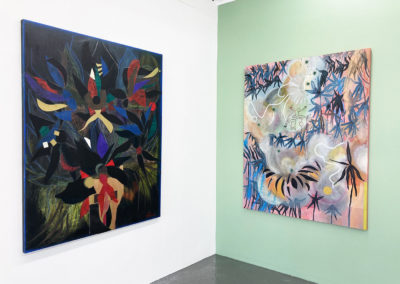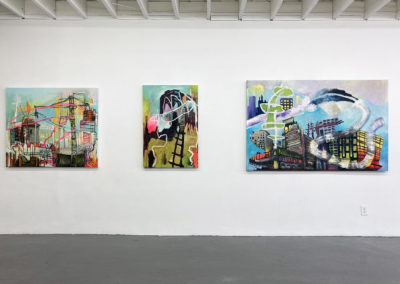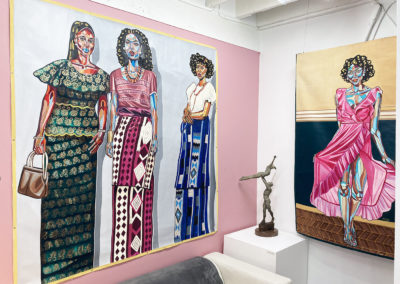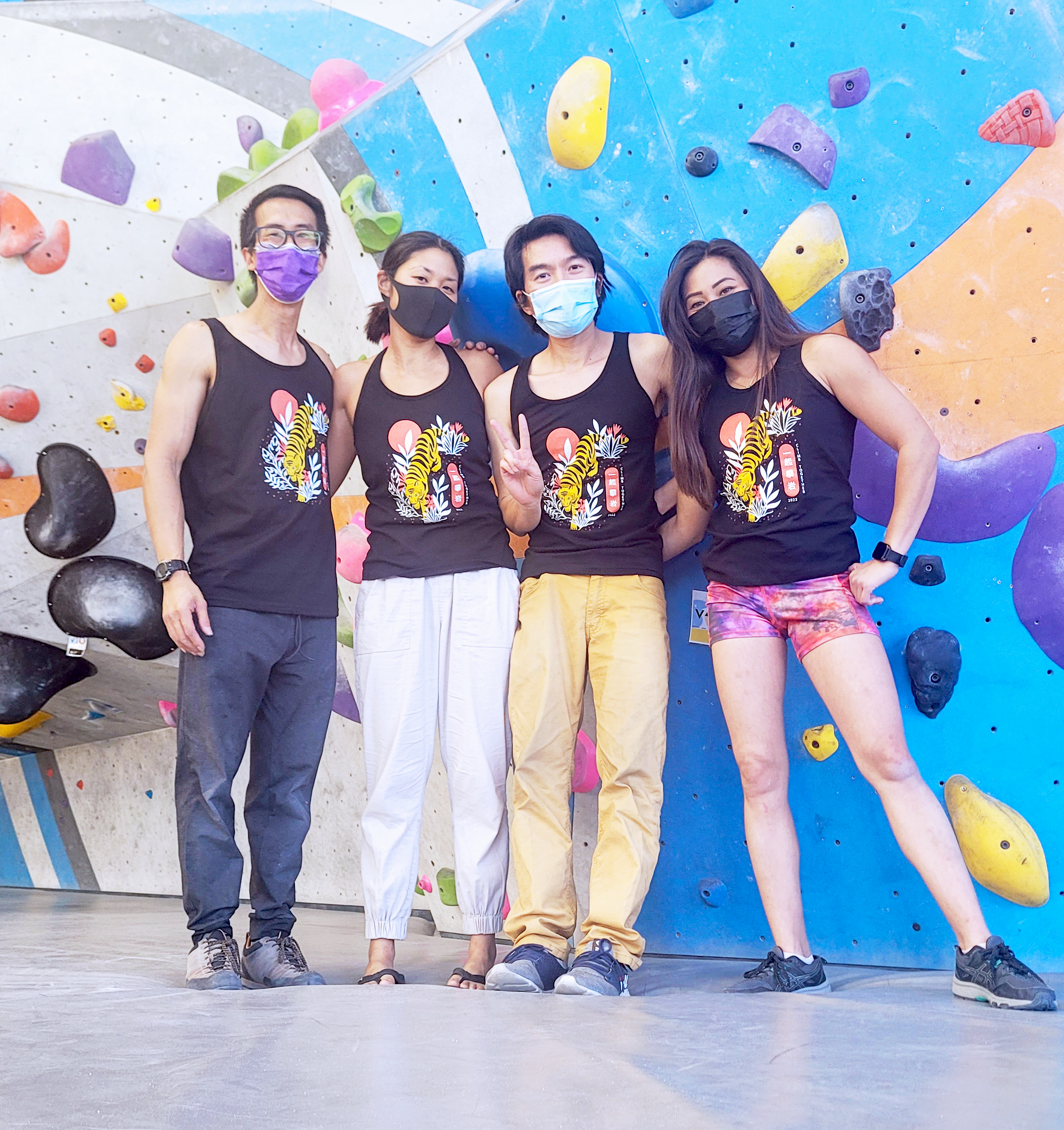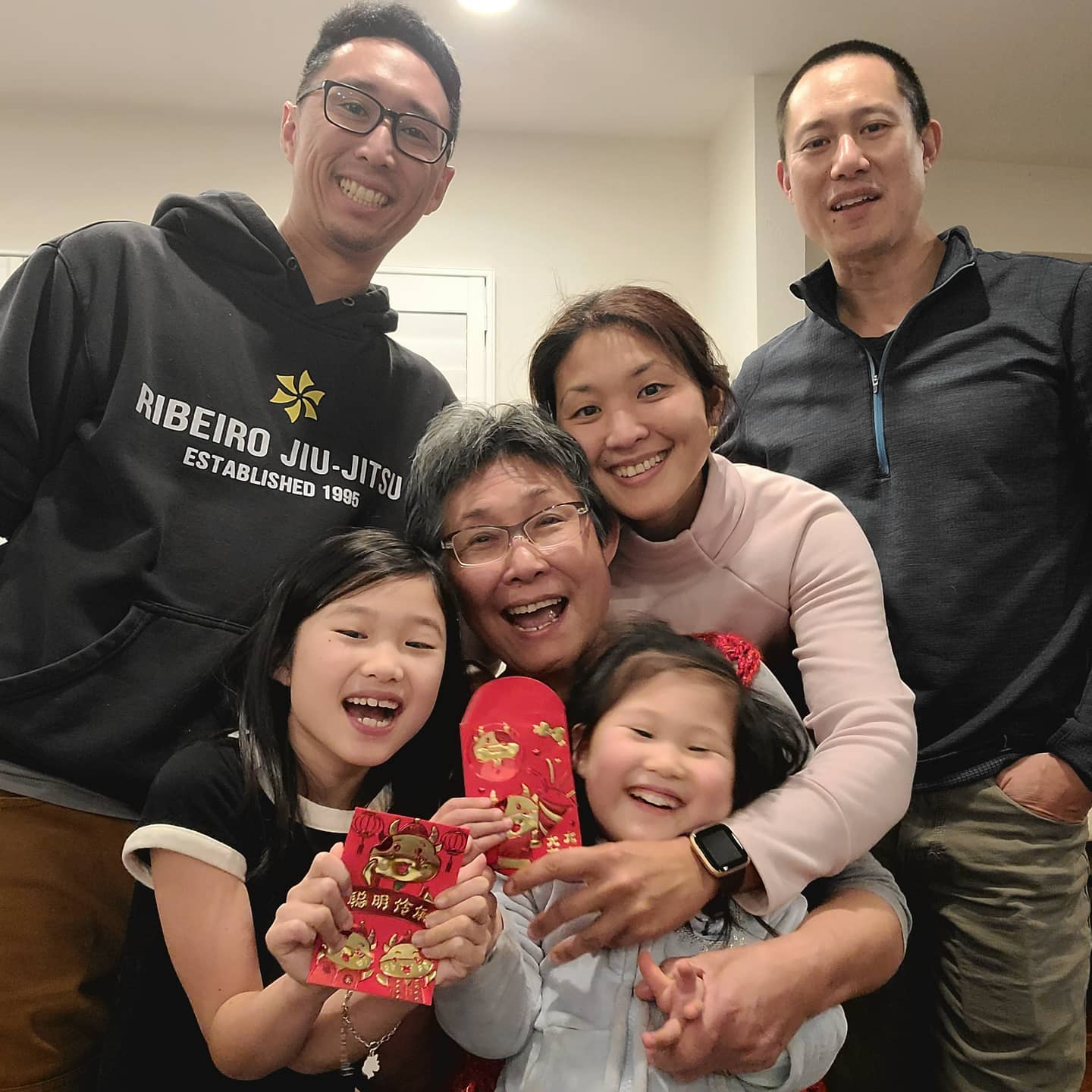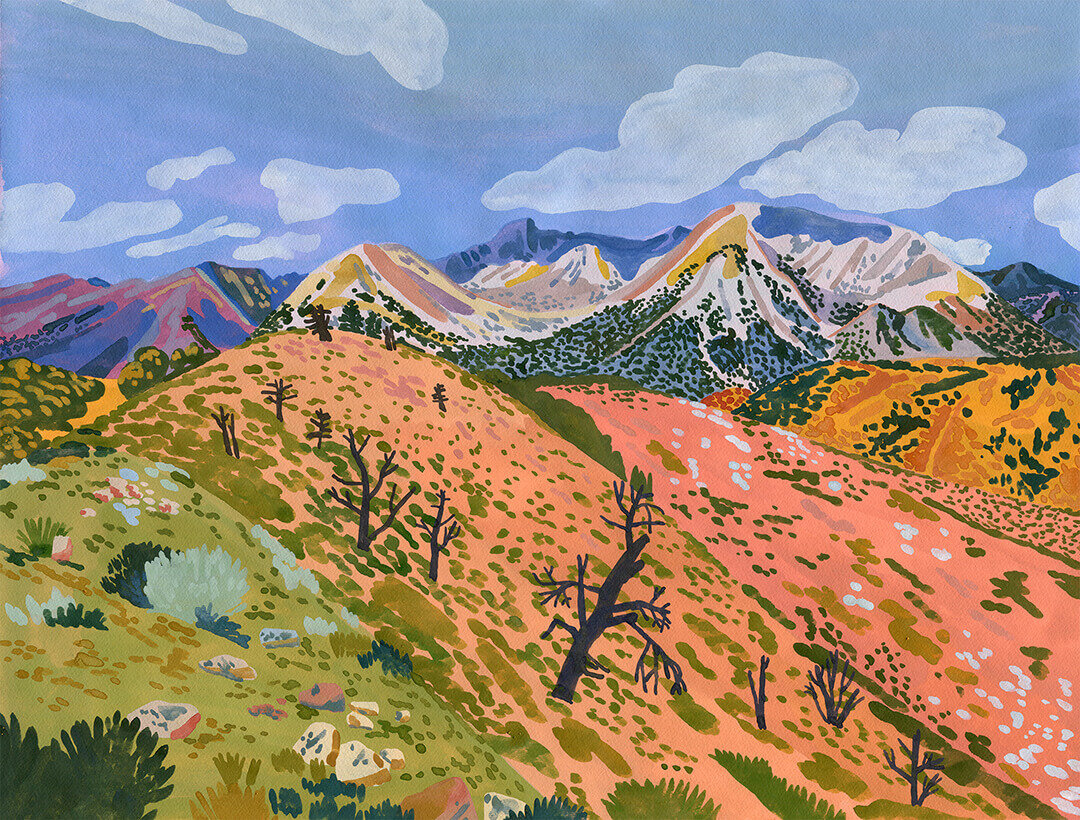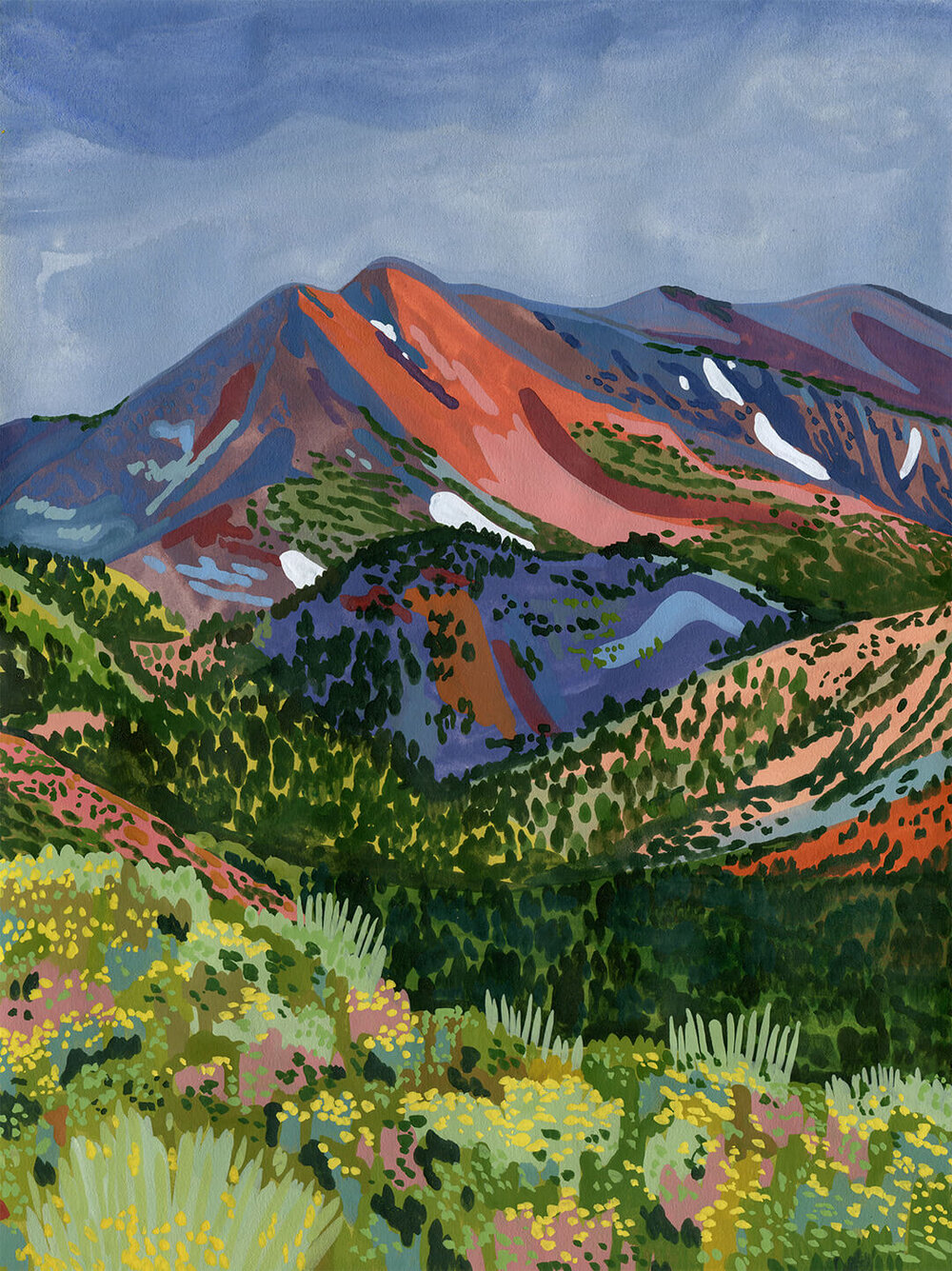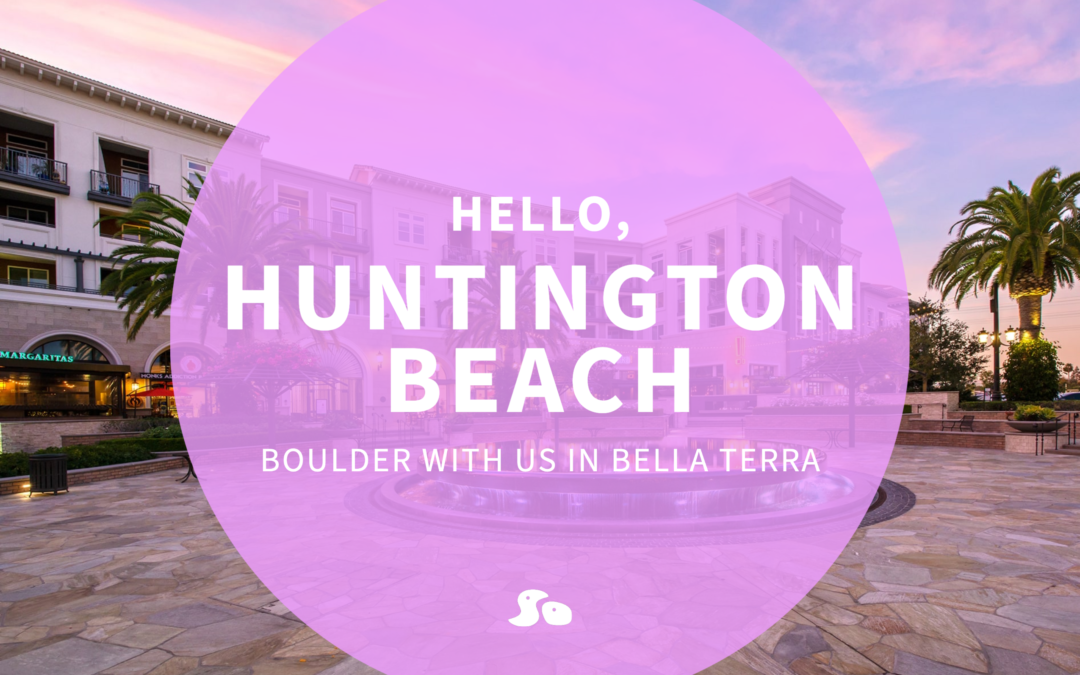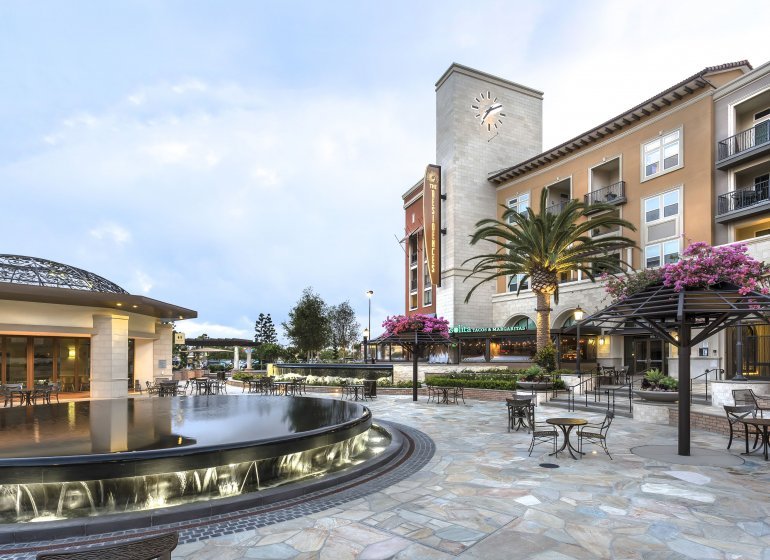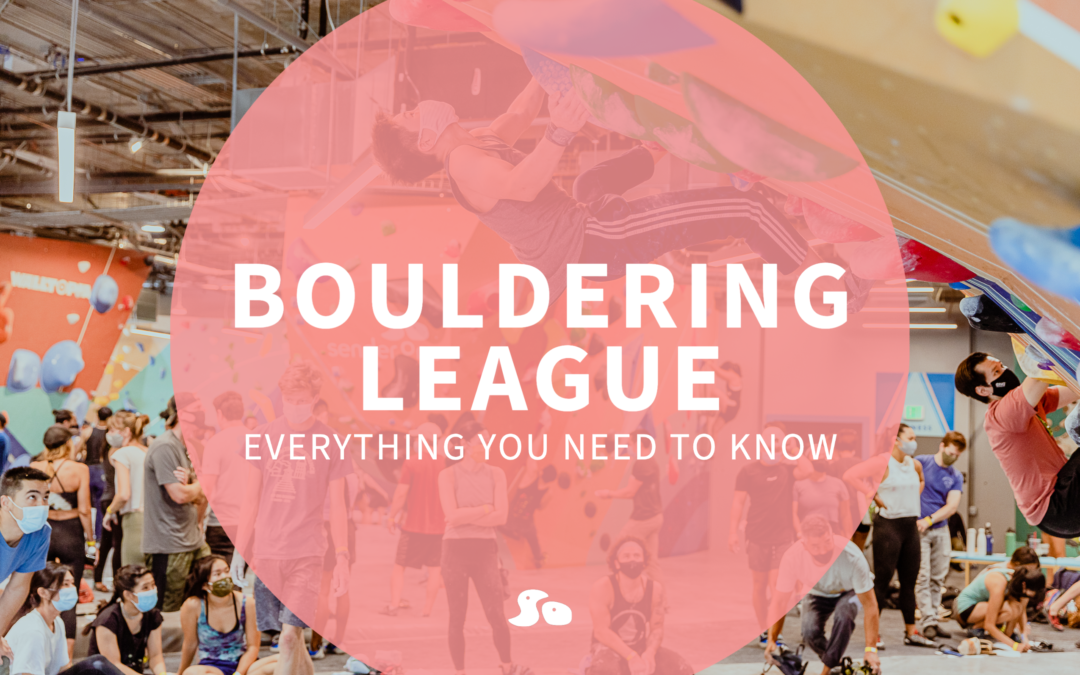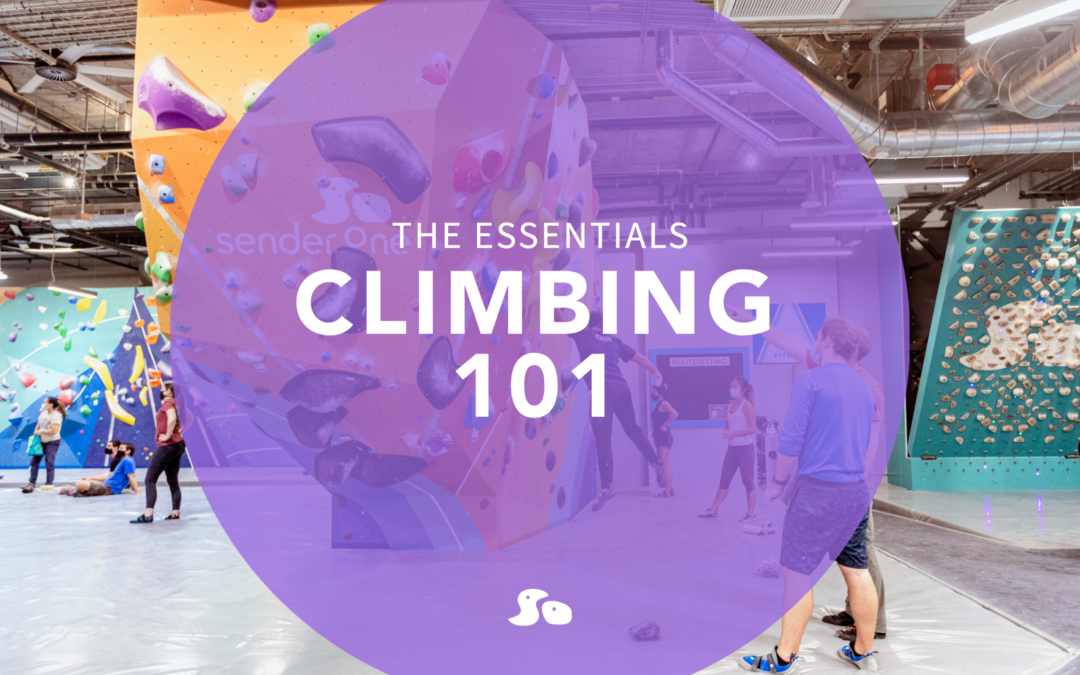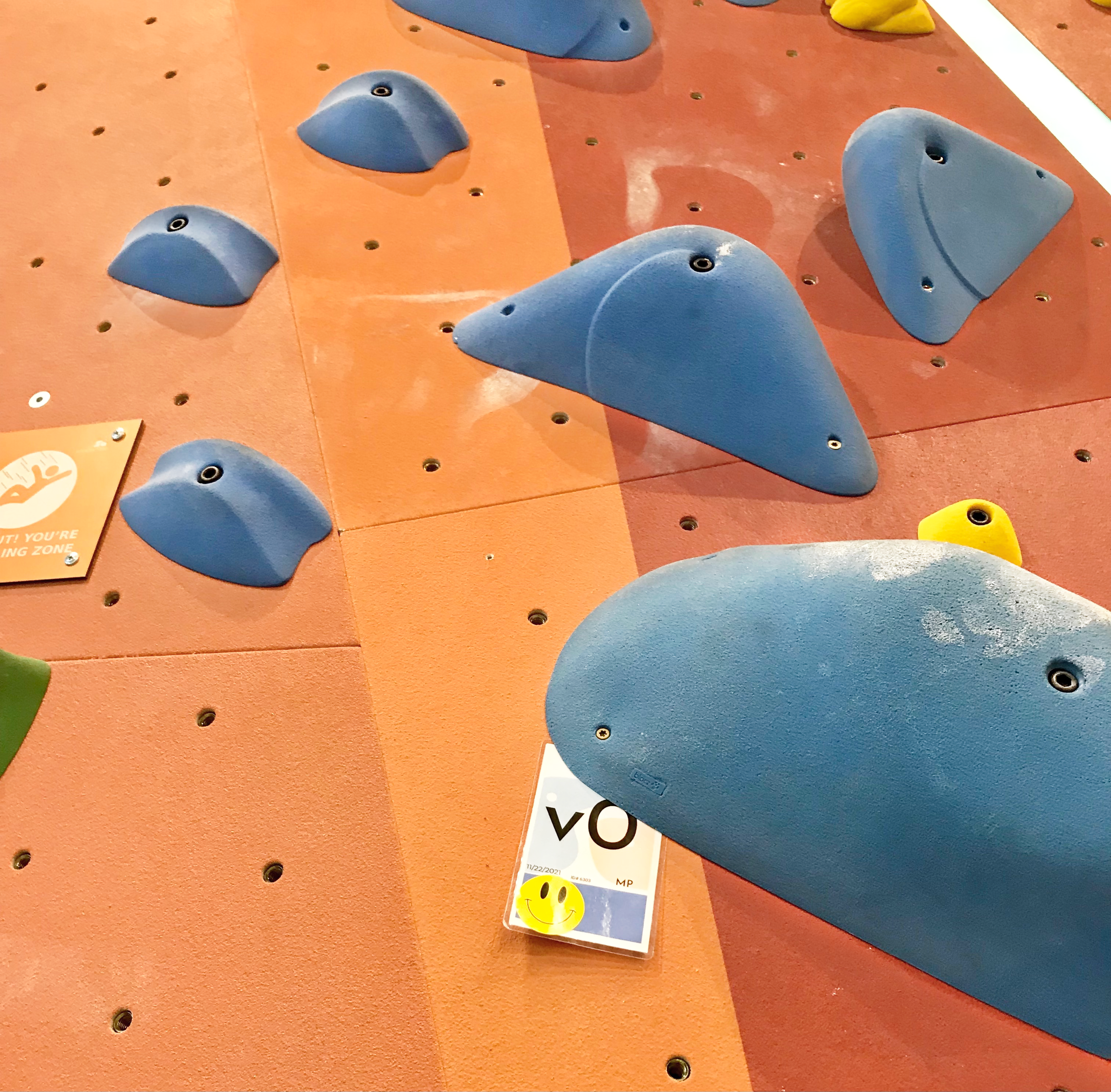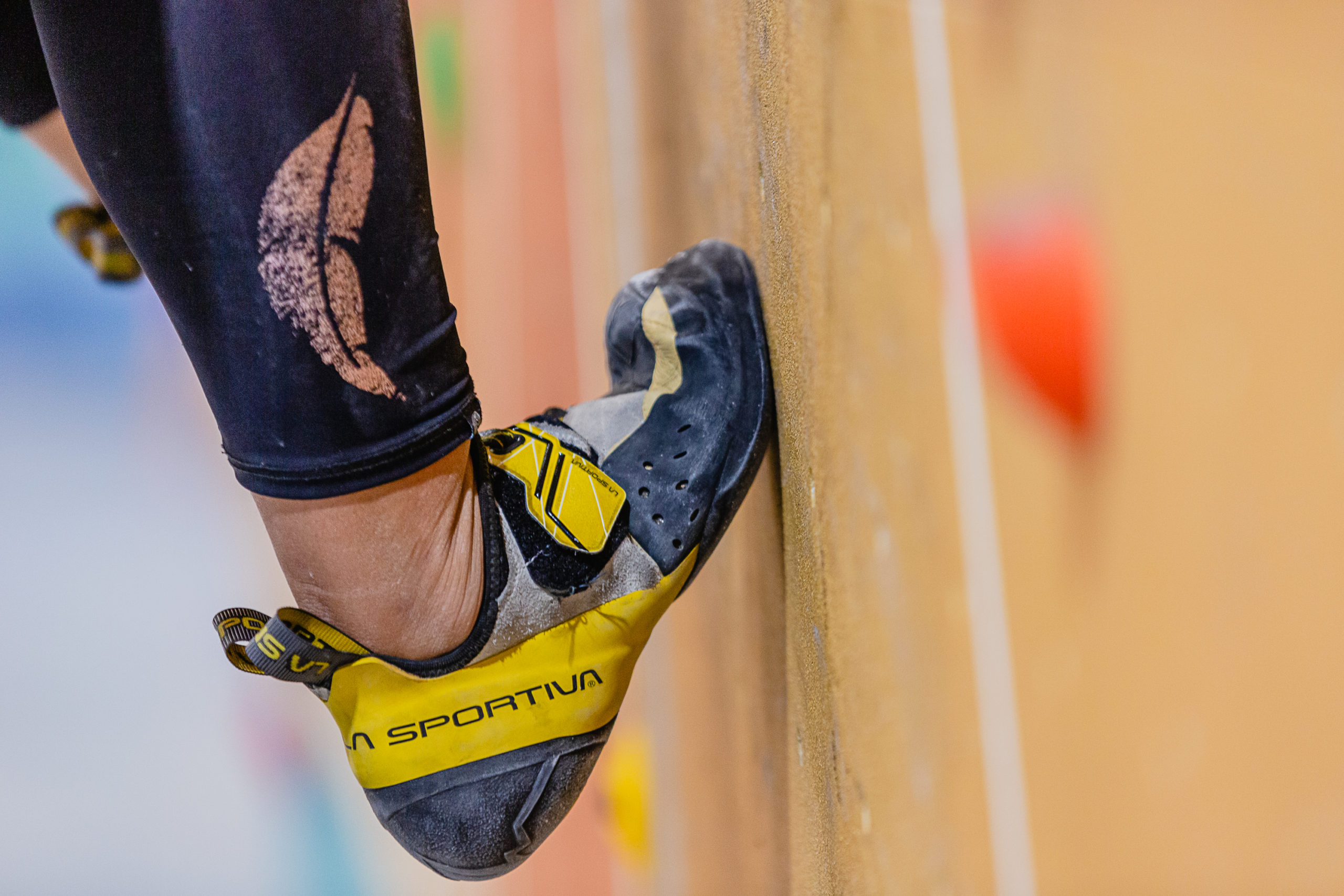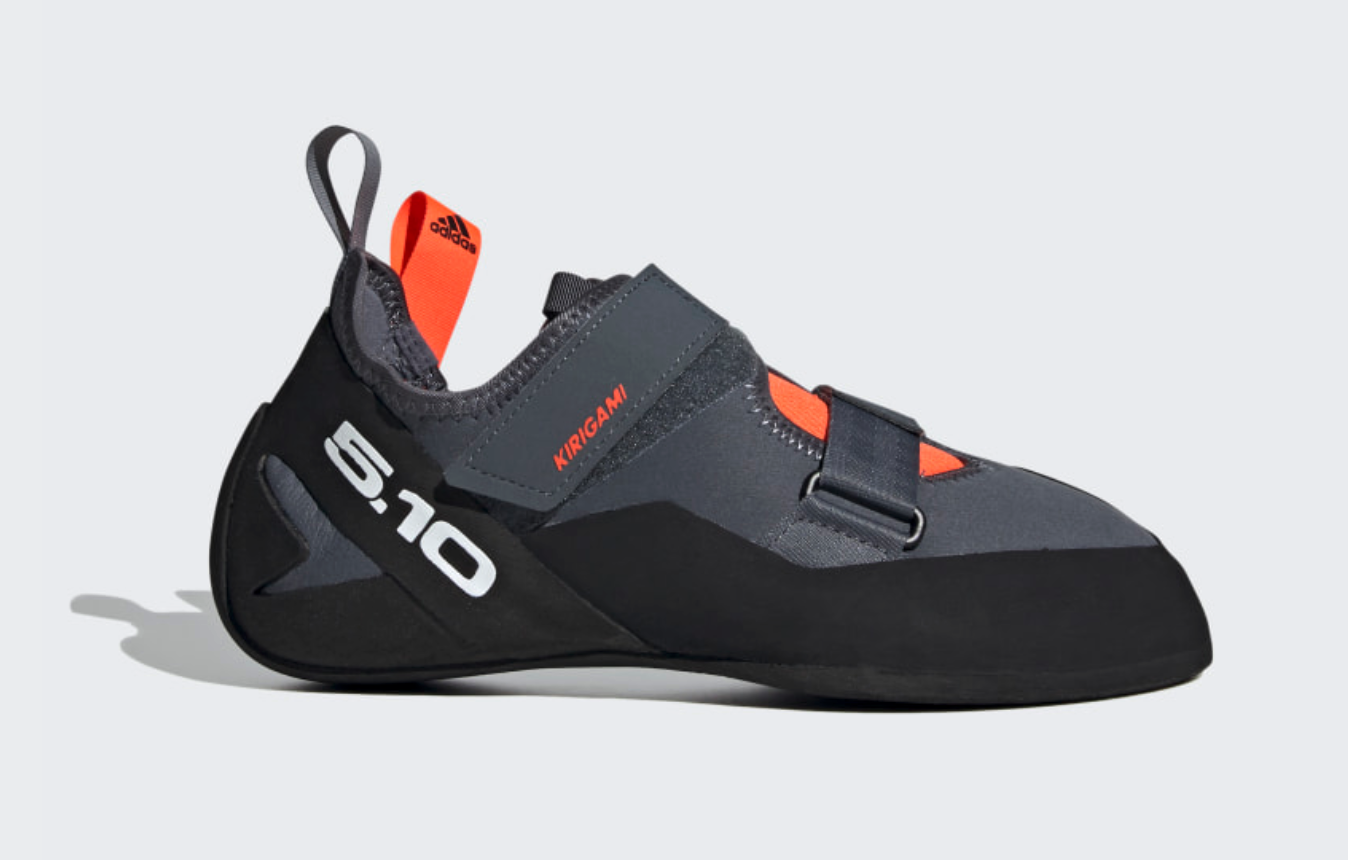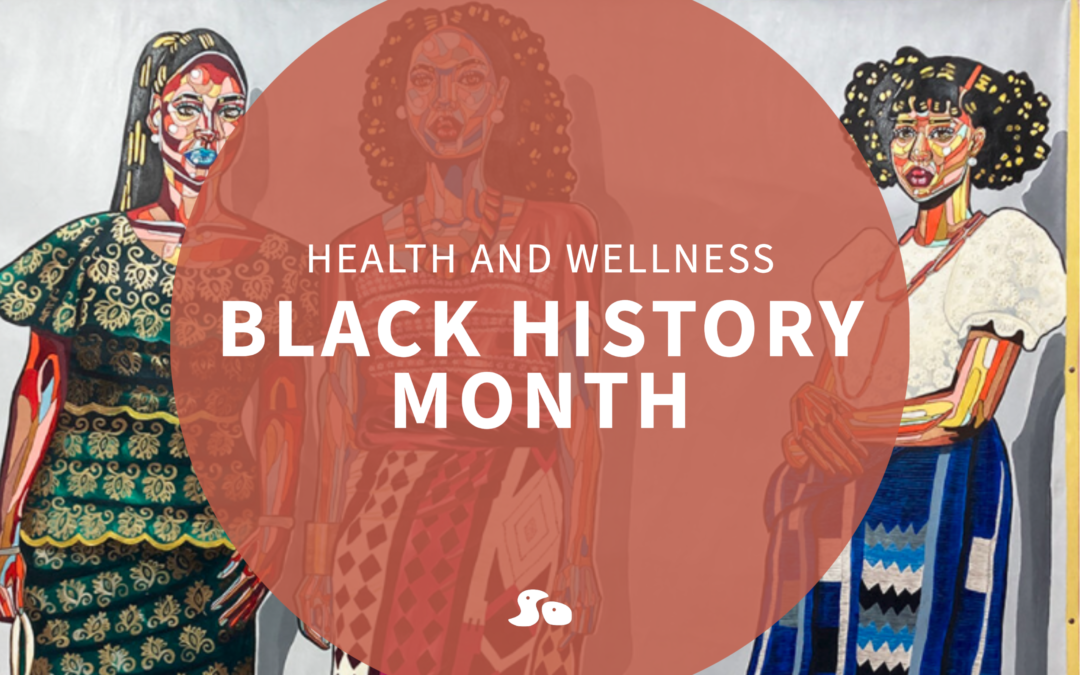
Black History Month: Health and Wellness
the contentThe theme of Black History Month in 2022 is centered around Black Health and Wellness.
In the midst of Covid-19, Black Health and Wellness has become a prevalent conversation piece. Throughout the pandemic, Black communities have been disproportionately affected on all levels – physically, mentally, and emotionally. Black men and women are at a higher risk for serious illness, and many report that the pandemic has had a profound negative impact on their mental health and emotional well-being.
Through art, Black communities have had a platform to express the challenges of this global tragedy and share stories through color and movement. One recent exhibition "In the Midst of All That Is" featuring the artwork of LA based artists Tiffanie Delune and Kaye Freeman provokes a conversation about current global challenges in regard to the Covid-19 pandemic and other social, political and economic ills (a piece of this exhibit can be found above. Both artists insist on searching for the silver-lining in these fraught times, mainly through the use of vibrant color palettes that are invoked through their real and imagined cityscapes and dreamscapes. These artists imbue their paintings with the hope that this uncertain future that we are living through will bring kinder days ahead for humankind.
Exhibition for "In the Midst of All that Is" at the Band of Vices, an LA based art and culture company committed to providing a platform to often overlooked creative communities a narrative. Learn more about the artists and this exhibition.
Thankfully the future isn't being left to total uncertainty, as many non-profit organizations are at the forefront of bringing these kinder days to light through advocacy programs, outreach, policy, and education. Not only do these organizations provide support and resources for Covid-19, but many other issues that Black communities face in access to healthcare and wellness.
Below you'll find information on a few of these organizations, where you can educate yourself on the these issues in order to be a voice for the cause, be empathetic ear for those around you, and share or use the resources they provide. Lastly, we've also included Podcasts that aim to empower Black communities, as well as encourage self-love and healing.
Black Health and Wellness Organizations

California Black Women's Health Project
About Them: The California Black Women's Health Project (CABWHP) is the only statewide, non-profit organization that is solely committed to improving the health of California's 1.2 million Black women and girls through advocacy, education, outreach and policy. We focus on empowering Black women to take personal responsibility for our own health and to advocate for changes in policies that negatively affect Black women's health status.
Health Resources: Utilize their Health Toolkits under the 'Our Health' section as a resource for Mental Health, Maternal Health, COVID, and more.
Get Involved: You can get involved by donating, or volunteering your time.

Podcasts

Be Well, Sis
Across the board, Black women suffer the worst medical outcomes and score the lowest in well-being assessments. Yet unfortunately, Black women are consistently overlooked or are an afterthought in the Wellness community. Be Well, Sis was created to address this gap and is dedicated to empowering Black women with insightful conversations to heal mentally, emotionally, physically, and spiritually. This space is where we can finally feel seen and be heard. Join us!

Black Mens Mental Health
Casanova Williams, CEO, Father, Husband, Friend, Leaders, Creator, Entrepreneur which brings challenges everyday. But society never addresses mental health of the black male as they do with other races and genders. This podcast is not a replacement to therapy, but is an alternative thought-provoking option that showcases real-life stories to help connect Black Men with their feelings and for others to understand the day to day struggles of being a black male in America and the roll mental health plays.
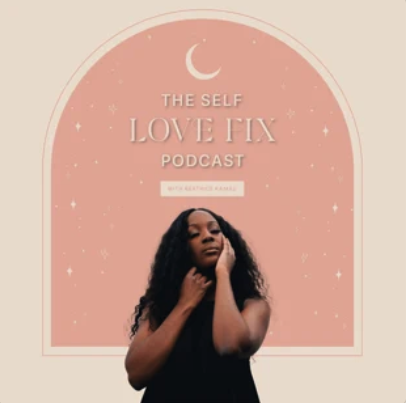
The Self Love Fix
The self love fix podcast is a podcast all about helping WOC delve deeper into self love, self worth, personal development, self esteem and self care. Here on the self love fix we get relatable, we laugh, we cry, we heal, but most of all we learn about the truth of who we are and what we deserve.


